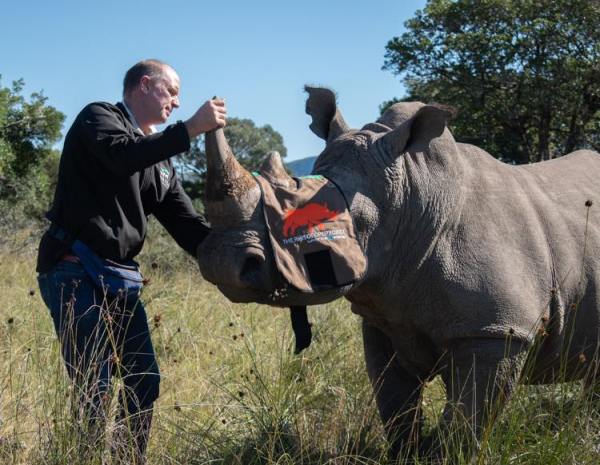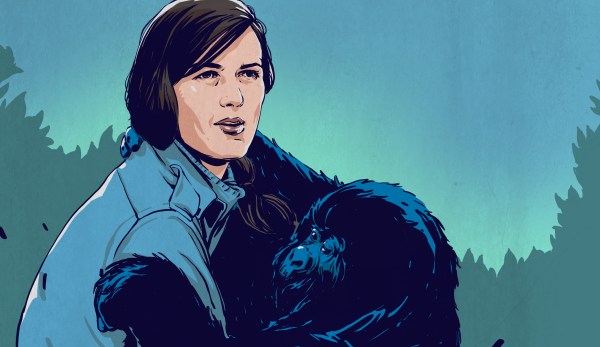There is no question that poaching has become an existential threat to the five species of rhinoceros alive today. Even the wildlife reserves where most rhinos live struggle to provide protection from the wanton and cruel poaching of the world’s last remaining rhinos.
Poachers are generally looking to sell the horns which consist of pure keratin, the same material that makes up our fingernails and hair. Rhino horns have seen a big rise in demand the past decades, with a black market in Vietnam representing the biggest buyers, primarily for use in fever and other medicines, as well as for processing into carved trinkets. This has contributed to a further rhino population collapse. Statistics from 2017 show about 18,000 white rhinos and fewer than 5,500 black rhinos remaining. Recently, the northern white rhino population in Africa went effectively extinct with the death of the last known male individual.
Clearly, if we wish to prevent extinction, we need to deal with poaching. The latest suggestion here is part of the Rhisotope project. This would make rhino horns radioactive, but how exactly would doing so prevent poaching? Let’s take a look.
Continue reading “Rhisotope: Addressing Poaching By Making Rhinoceros Horns Radioactive”













